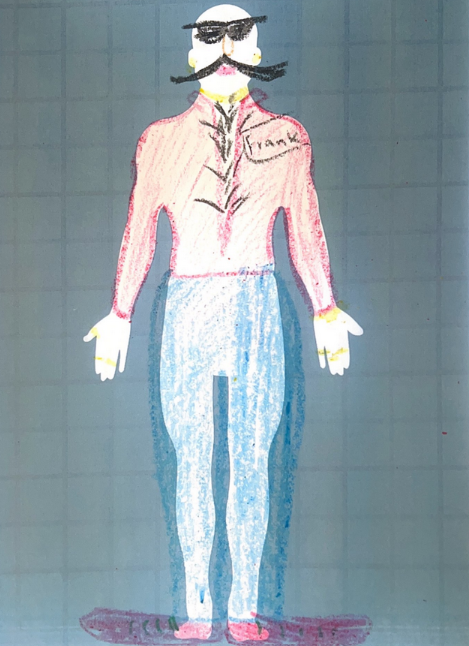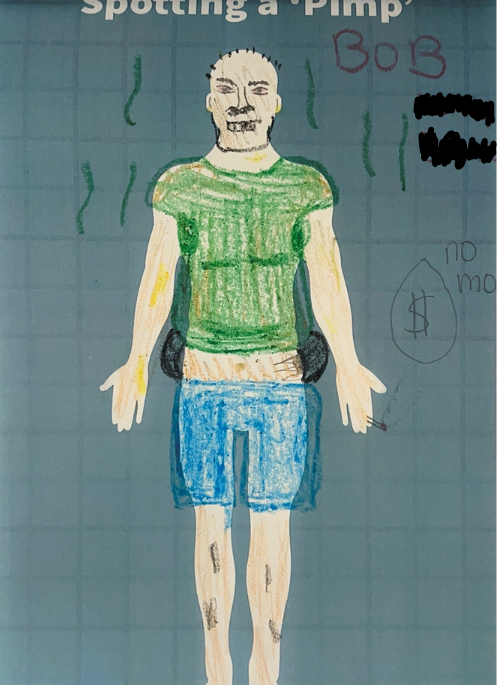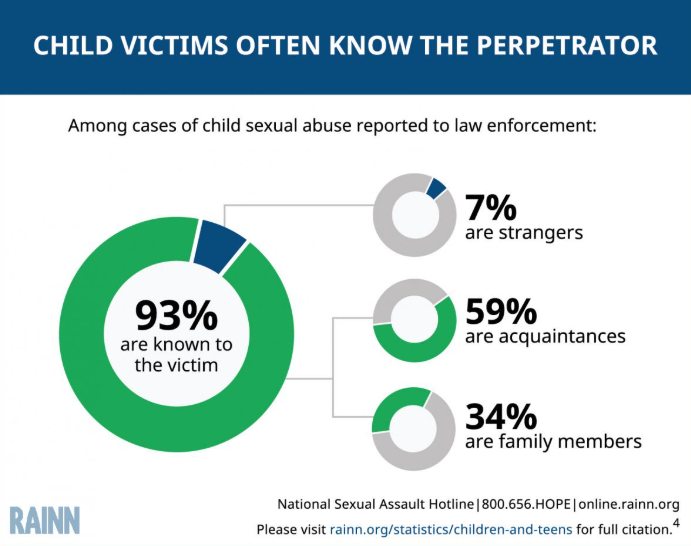By: Emma Konn
Talking about child sexual abuse can feel intimidating, but it is a necessary conversation. Providing education about what constitutes child abuse—and addressing the myths that surround it—is essential for prevention and awareness. The National Child Traumatic Stress Network defines Child Sexual Abuse as, “…any interaction between a child and an adult (or another child) in which the child is used for the sexual stimulation of the perpetrator or an observer. Sexual abuse can include both touching and non-touching behaviors.” It’s important to understand that a minor cannot legally consent to sexual activity with an adult, and that the ability of minors to consent to certain types of sexual activity varies by age. In Massachusetts, the laws regarding consent are as follows:
- Age of consent for fondling/touching is 14 years old
- Age of consent for penetration (oral, anal or vaginal) is 16 years old
- Age of consent for Sexually Explicit Photos or videos is 18 years old
Examples:
- Two 17 year olds can consent to sex with each other, but can not consent to sexual images sent to each other. In the state of MA, sexting under the age of 18 is illegal. Illegal to send, receive, or forward images or videos.
- A 19 year old and a 16 year old can not consent to sexting, but can legally consent to sexual activity with each other.
Myths of Child Abuse:
- Offenders are always men.
An offender can look like anyone! Offenders can be any demographic. When we do educational trainings in classrooms, we will ask students to draw or write what they think an offender looks like, and the drawings usually land within two categories: “Party City Costume” or “Basement Dweller” Looking at the images below you will see the two different versions that children have draw for us. It’s crucial to teach children that offenders can look like anyone—there is no single way an offender appears.


2. Offenders are strangers.
Among cases involving child sexual abuse reported to law enforcement, 93% of offenders are known to the victim. (Statistic found on RAINN)

3. Offenders will always choose women.
Research indicates that as many as 1 out of 4 girls and 1 out of 6 boys will experience some form of sexual abuse before the age of 18. There are also cases that go unreported. (Check out The National Child Traumatic Stress Network’s Child Sexual Abuse Fact Sheet)
4. The abuse only occurs in certain communities.
Child abuse affects individuals across all socioeconomic backgrounds, ethnicities, cultures, religions, and education levels.
Abuse can often be prevented through comprehensive education and heightened awareness. It’s essential to have open communication with children, helping them recognize warning signs and understand what constitutes inappropriate behavior.
Sources:
National Child Traumatic Stress Network. Sexual Abuse. The National Child Traumatic Stress Network, https://www.nctsn.org/what-is-child-trauma/trauma-types/sexual-abuse.
National Child Traumatic Stress Network. Child Sexual Abuse: A Fact Sheet for Parents, Teachers, and Other Caregivers. The National Child Traumatic Stress Network, https://www.nctsn.org/sites/default/files/resources/child_sexual_abuse_fact_sheet_parents_teachers_caregivers.pdf.RAINN. Children and Teens. Rape, Abuse & Incest National Network, https://rainn.org/statistics/children-and-teens.
